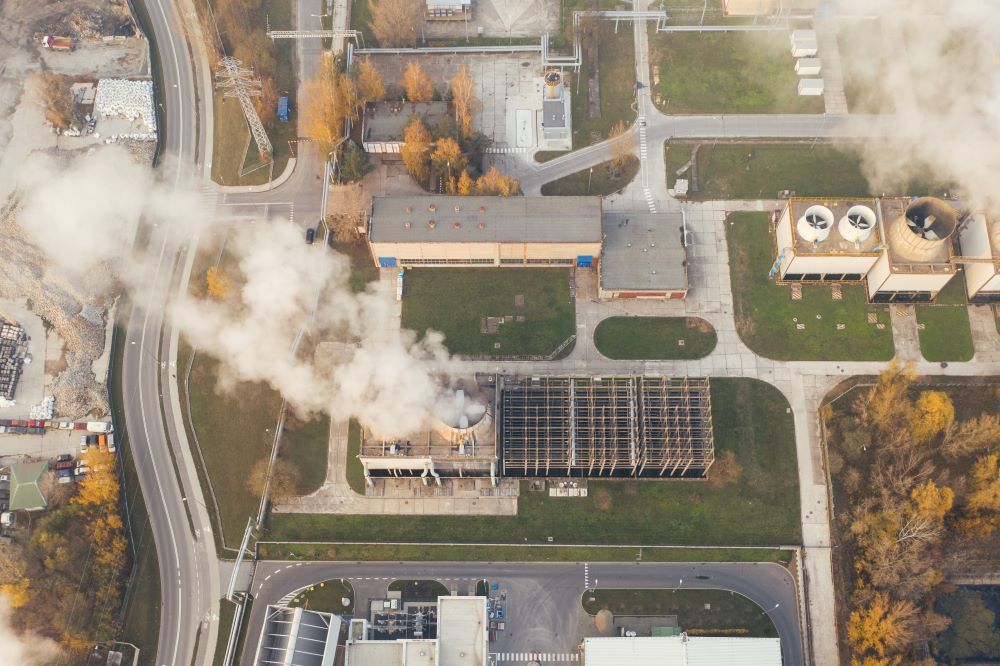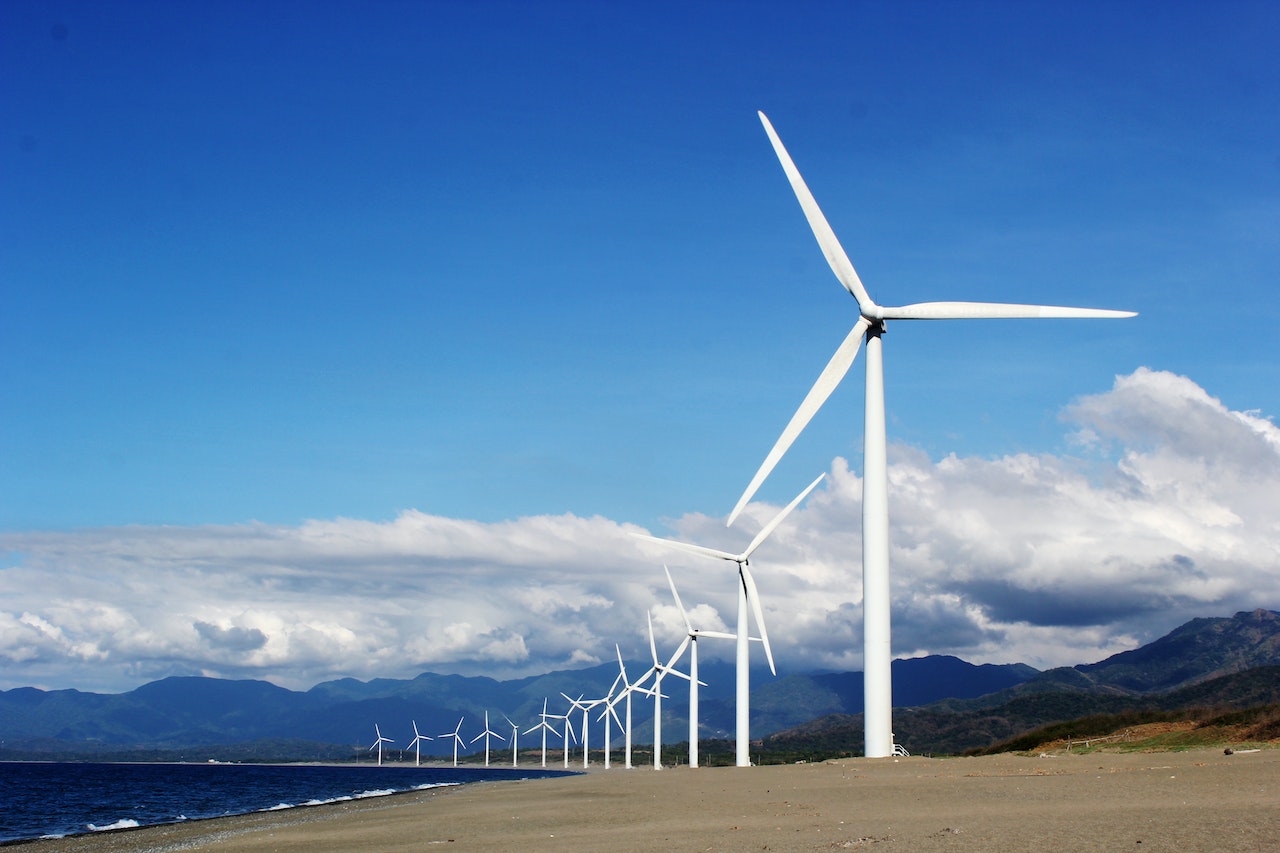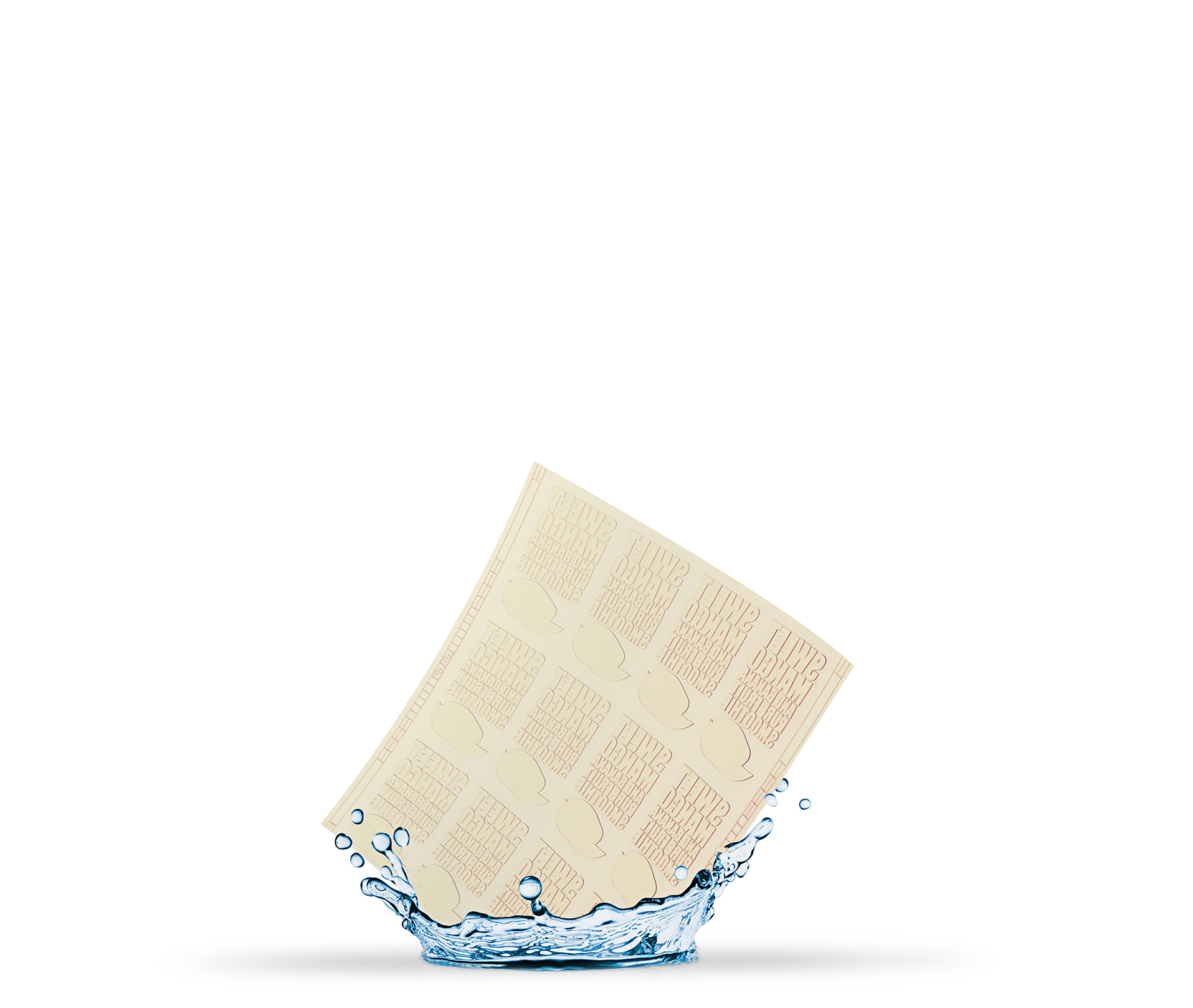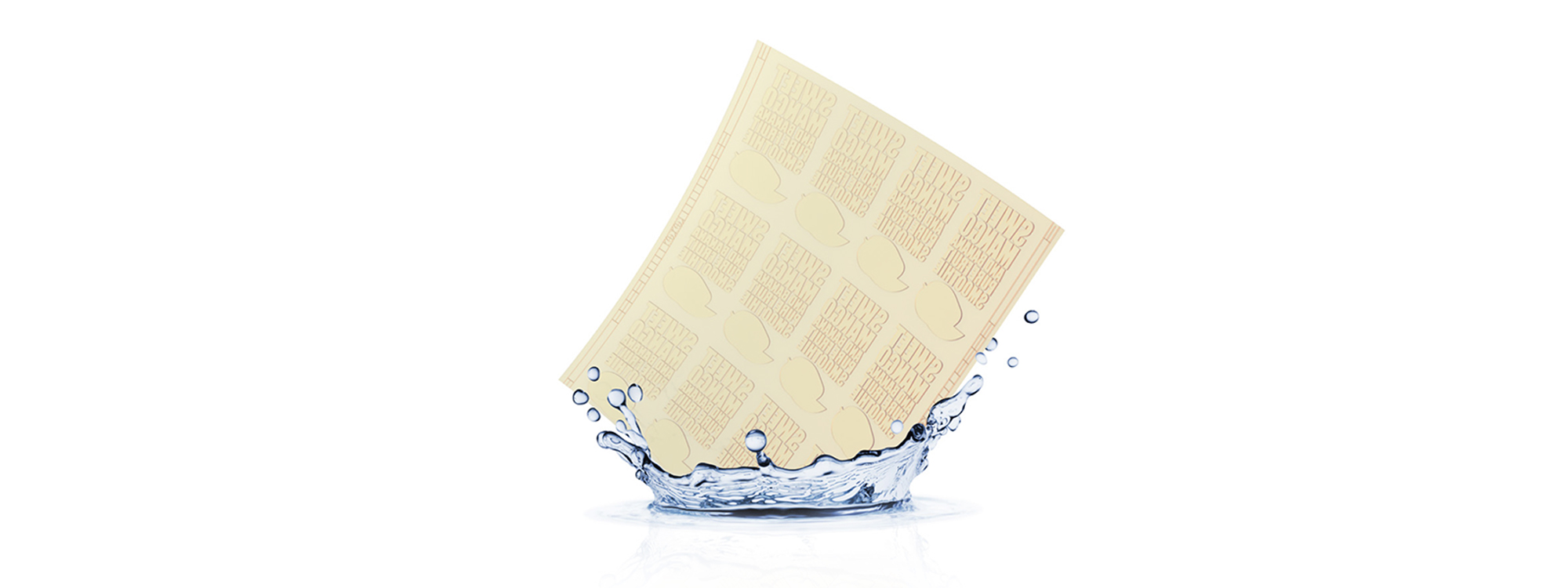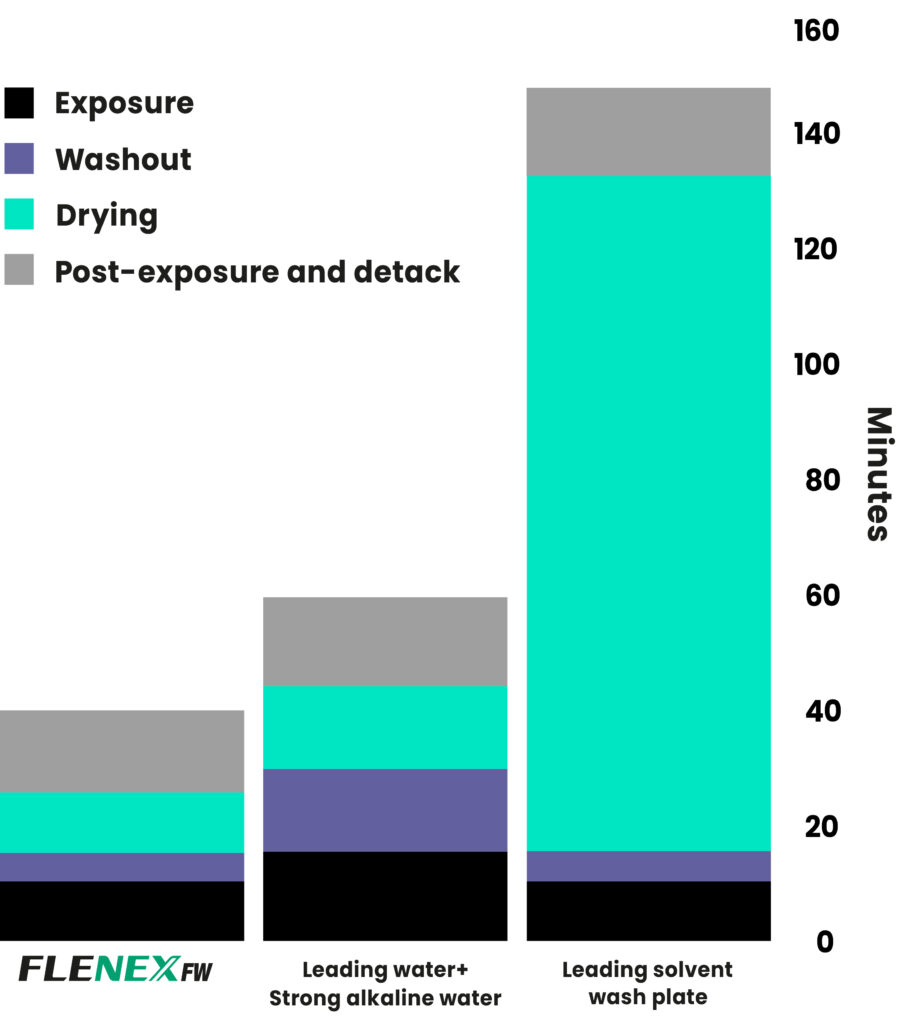Leer el artículo
Tiempo de leer: 4 minutes
As part of its wider global Sustainable Value Plan 2030 (SVP2030), Fujifilm undertakes environmentally conscious product development based on its design for environment initiative. This considers the entire lifecycle of a product, from procurement, manufacturing, transportation, use to the eventual disposal, to set targets from the perspective of climate change mitigation (reduced power use, etc.). From the design stage, the “Reduce, Reuse & Recycle” principle of resource saving, risk reduction of chemical substances, and biodiversity are all considered as part of the development process.
This approach is applied not only to materials and standalone equipment, but also to software and solutions in a bid to reduce environmental impact in the society as a whole. The Life Cycle Assessment (LCA) is conducted to achieve a quantitative and objective assessment of the environmental impact of a product. The environmental label is also used for active dissemination of information.
“Green Value Products” Certification Program
In an effort to “contribute to resolving environmental issues in society through our products and services,” as set out in the Sustainable Value Plan targeted for FY2030, Fujifilm introduced a “Green Value Products” certification program in FY2018. This program compliments the company’s existing internal regulations on design for environment, and aims to clarify any product’s environmental values and involves the certification of products exhibiting outstanding environmental credentials.
This certification program sets certain priorities to the certification criteria according to the product category and the use and features of each product through its entire life cycle. Fujifilm then clarifies the environmental value of each product by conducting environmentally conscious design assessments based on such certification criteria at the time of product development. Certain products are then selected for certification based on the total score of each assessment item. These products are reviewed and approved by the Group Certification Council, and finally certified as a Fujifilm “Green Value Product”.
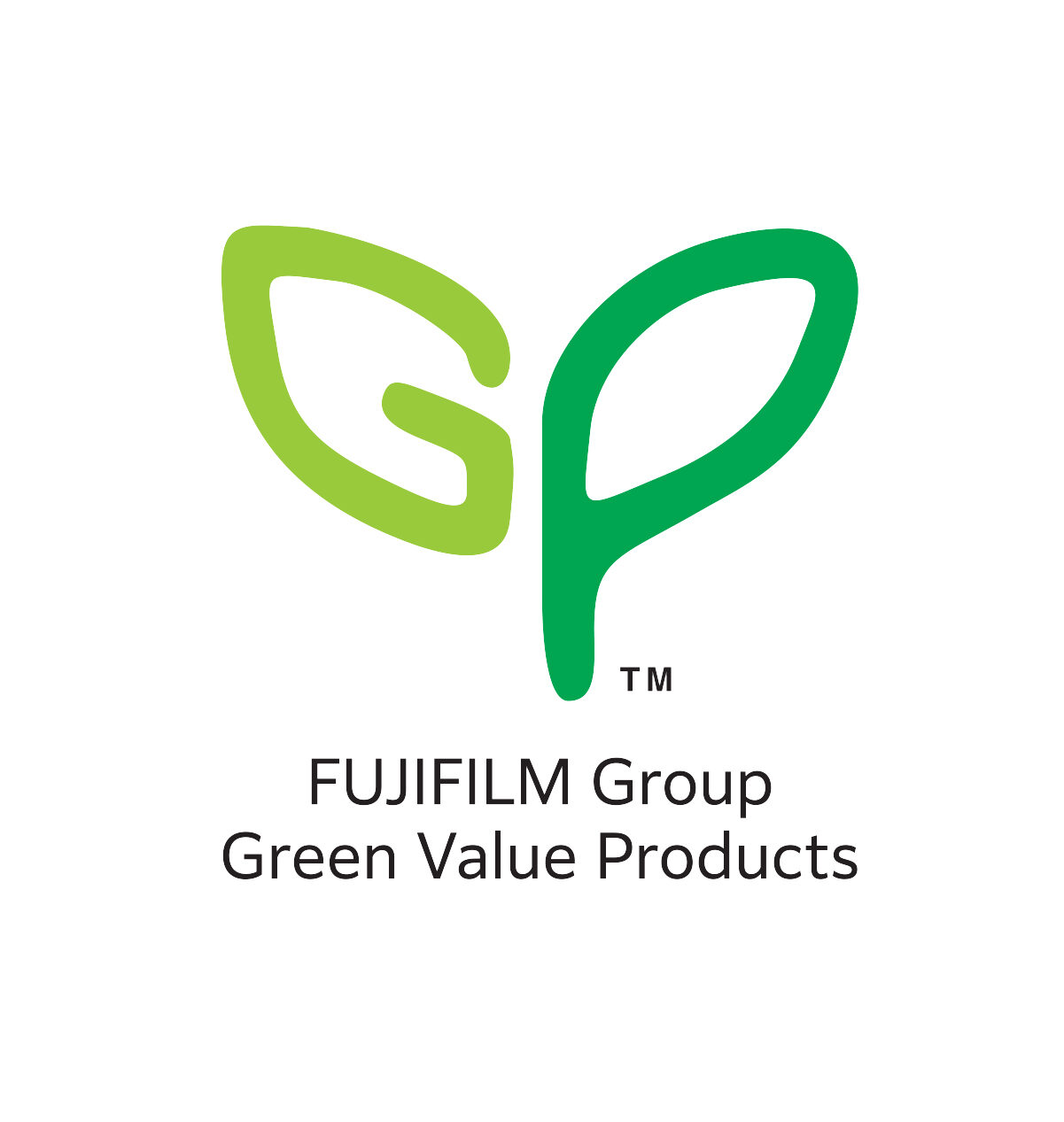
The certification criteria are determined for the entire life cycle of each product with a different weight for each assessment item, by comprehensively assessing the environmental items such as “measures for climate change,” “resource saving and recycling,” “risk minimisation for chemical substances,” and “biodiversity” as well as considering the social requirements for each business/product category.
This certification program is implemented in compliance with the requirements of the international standard “ISO14021 Self-declared Environmental Claims” and obtains the opinions of external experts in order to ensure the objectivity, reliability, and transparency of the program.
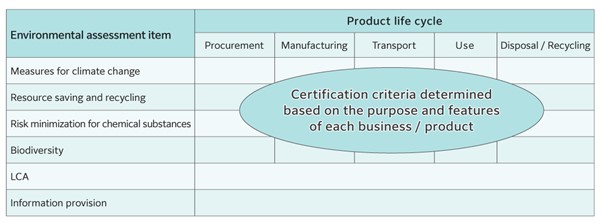
Certification ranking and criteria
Fujifilm classifies its products into three certification ranks (diamond, gold, and silver) according to the degree of their contribution to the reduction of environmental impact.

| Rank | Certification criteria |
|---|---|
| Diamond | Products and services that user their respective industries’ innovative technologies to substantially contribute to reducing environmental impact |
| Gold | Products and services that reduce environmental impact at their respective industries’ highest level |
| Silver | Products and services that reduce environmental impact at a higher level than their respective industries’ standard |
Product examples
In Fujifilm’s Graphic Arts business, the following products have been certified for their environmental performance:
Jet Press 750S High Speed Model: GOLD
Effects on reduction of environmental impact:
- Many of the consumables associated with conventional offset printing are eliminated
- Significantly reduces the amount of wasted paper
- Smaller footprint compared to previous models
- The efficient drying mechanism reduces drying times, contributing to significantly higher speeds, and saving power
- Excellent paper recycleability (de-inking ability)
Overall, there are significant reductions in resources, water use and waste compared to equivalent offset presses, with excellent paper recycling.
Revoria Press PC1120: SILVER
The requirements of major environment labels for energy consumption, hazardous substances, audible sound levels during operation and recyclable design are satisfied.
Revoria E1 Series: SILVER
The requirements of major environment labels for energy consumption, hazardous substances, audible sound levels during operation and recyclable design are satisfied.
